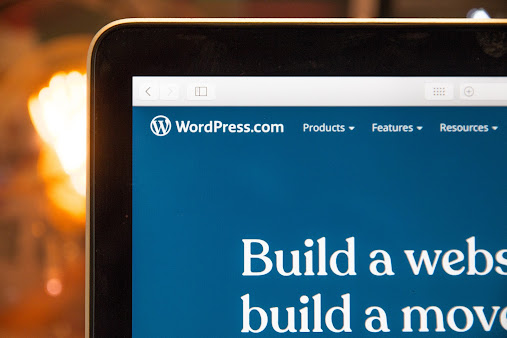Navigating the World of Hashtags in Social Media Marketing
Alright folks, let’s dive into the world of hashtags. Yes, that magical realm where a simple pound sign can launch a brand into the digital stratosphere, or, conversely, let it disappear into the crowded marketplace without so much as a whimper. It's a little like a trip down the rabbit hole, if Alice in Wonderland had a Twitter account and was trying to promote her new line of teas, "Mad Hatter Brews."
You see, when used correctly, hashtags can become an incredibly potent tool in your social media marketing toolkit. And when I say 'potent,' I mean they can help your content reach a wider audience, foster engagement, and even set trends. But, and it's a big but, if you misuse or misunderstand them, your efforts can backfire, leaving your brand mired in social media obscurity.
Now, I know that this might sound a bit daunting. However, fear not, dear reader, because that's exactly what we're here to address. We're going to make navigating the world of hashtags a walk in the digital park. By the time you're done reading, you'll be hashtagging like a pro, and your social media marketing game will be stronger than ever.
The Basics of Hashtags
Before we get down to the nitty-gritty, let's set the foundation by getting to grips with the basic premise of a hashtag. Think of a hashtag as a hyperlink. It connects your content with other people who are interested in or discussing the same topic. It’s a quick, user-friendly way to tag your content with a keyword or phrase. Now, why does this matter in social media marketing? Because it’s how you get your content in front of the right eyes.
Hashtags create categories, they make your content searchable, and they help you connect with your target audience. Not to mention, they also help you monitor what’s being said about your brand and your industry. Hashtags, in essence, are the compasses that guide your audience to your content.
But remember, while hashtags can make your content discoverable, they’re not a guarantee for engagement. If you want your audience to stop scrolling, pay attention, and interact with your brand, you need to pair those nifty hashtags with quality content. So, at the end of the day, your content is still king, but hashtags? They're the crown that makes your content royalty.
The Art and Science of Hashtagging
You might be wondering, "Okay, so I get that hashtags are important. But how do I use them correctly?" Excellent question, my dear reader! The art of hashtagging involves a bit of a balancing act. You see, you don't want to overdo it and end up looking like a hashtag spammer. Conversely, you don't want to underutilize them and miss out on potential reach and engagement.
Here's the golden rule: use relevant, strategic, and researched hashtags. Now, what do I mean by that? When I say relevant, I mean your hashtags should be directly related to your brand, your industry, or your content. Think of them as a summary or a snapshot of your content in one or two words.
Strategic, on the other hand, means your hashtags should align with your brand's goals and the message you're trying to convey. For example, if you're trying to promote a new product, you might want to use a branded hashtag that includes your brand name and the product's name.
As for researched, this simply means you should do your homework before settling on your hashtags. Look at what hashtags your competitors are using, what's trending in your industry, and what your target audience is interacting with. There are numerous tools out there that can help you with this, and trust me, the extra effort is worth it.
Making Hashtags Work for You
So, you've got the basics down, and you've mastered the art of hashtagging. What's next? Now, it's time to make those hashtags work for you. And to do that, you need to know your platforms. You see, not all social media platforms use hashtags the same way. What works on Twitter might not work on Instagram, and vice versa.
On Twitter, hashtags are used to participate in conversations and follow trending topics. On Instagram, they're used to categorize content and make it discoverable. On LinkedIn, they're used to follow industry-specific content. The key is to understand the unique hashtag landscape of each platform and adapt your strategy accordingly.
But remember, just like with any other social media marketing strategy, the key to success with hashtags is consistency. Keep experimenting, keep analyzing your results, and keep refining your strategy. And most importantly, keep engaging with your audience. After all, social media is all about building relationships and creating conversations.
In conclusion, hashtagging isn't just about slapping a pound sign in front of a bunch of words and hoping for the best. It's a strategic, nuanced part of your social media marketing strategy that, when used correctly, can help you reach your audience, foster engagement, and promote your brand. So, go forth, my dear reader, and hashtag away. And if you need a little help navigating the world of hashtags, why not check out Hierographx? They've got a team of social media maestros ready to guide you on your hashtagging journey.
So, what are you waiting for? Dive in, get hashtagging, and take your social media marketing game to the next level. After all, in the world of social media, a hashtag isn't just a symbol, it's a signal, and it's your signal to shine.




Comments
Post a Comment